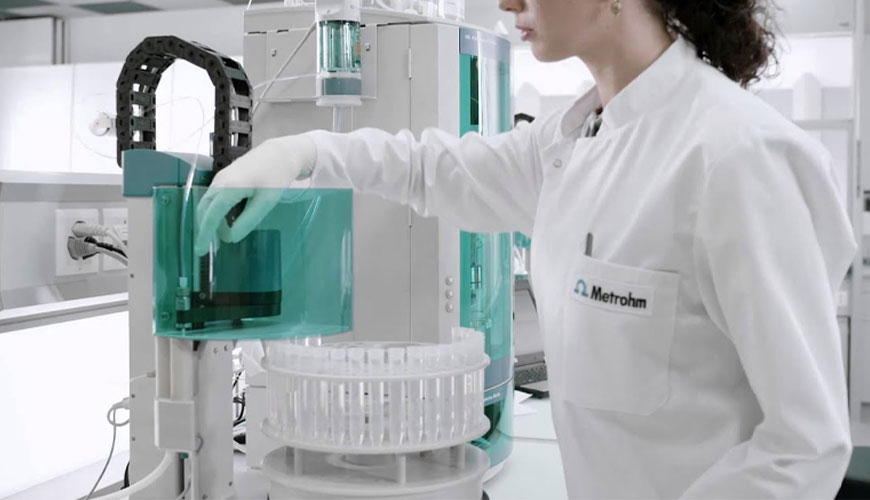

EUROLAB laboratory provides testing and compliance services within the scope of EN 62321-3-2 standard. This part of the EN 62321 standard specifies the scanning analysis of total bromine (Br) in homogeneous materials found in polymers and electronics using the analytical technique of rated ion chromatography (C-IC).

The widespread use of electrotechnical products has drawn more attention to their impact on the environment. In many countries of the world this has resulted in the adoption of regulations affecting waste, materials and energy use of electrotechnical products.
The use of certain substances (eg lead (Pb), cadmium (Cd) and polybrominated diphenyl ethers (PBDEs)) in electrotechnical products is a concern in current and proposed regional legislation.
The purpose of the EN 62321 series is therefore to provide test methods that will allow the electrotechnical industry to determine the levels of certain substances in electrotechnical products on a consistent global basis.
Persons using this International Standard should be familiar with normal laboratory practice. This standard does not purport to address all safety issues, if any, associated with its use. It is the user's responsibility to establish appropriate safety and health practices and to ensure compliance with any national regulatory requirements.
One of the responsibilities of a technical committee is to utilize horizontal standards in the preparation of its publications, wherever appropriate. The content of this horizontal standard will not apply unless specifically cited or included in the relevant publications.
A sample of known weight or volume is placed in a sample vessel and introduced at a controlled rate into a high-temperature combustion tube. Here, the sample is incinerated in an oxygen-rich pyrohydrolytic medium. The gaseous by-products of the burnt sample are kept in an absorption environment where the hydrogen halide (HF, HCl, HBr) formed during combustion decomposes into its specific anions (F-, Cl- and Br-) and cation (H30+). An aliquot of a known volume of absorbing solution is then manually or automatically injected into an ion chromatograph (IC) via a sample injection valve.
The halide anions, including fluoride, chloride and bromide, are separated into separate elution bands on the separation column of the IC. The conductivity of the eluent is reduced with an anion suppression device before the conductivity detector of the ion chromatograph where the anions of interest are measured. The amount of halogen in the original burnt sample is obtained by calibrating the system with a set of standards containing known amounts of fluoride, bromide, and chloride, and then analyzing the unknown samples under the same conditions as the standards.
The combined pyrohydrolytic combustion system, followed by ion chromatographic detection, is referred to as combustion-ion chromatography (C-IC). bromide and chloride followed by analysis of unknown samples under the same conditions as the standards. The combined pyrohydrolytic combustion system, followed by ion chromatographic detection, is referred to as combustion-ion chromatography (C-IC). bromide and chloride followed by analysis of unknown samples under the same conditions as the standards. The combined pyrohydrolytic combustion system, followed by ion chromatographic detection, is referred to as combustion-ion chromatography (C-IC).
EUROLAB, with its more than 25 years of experience, state-of-the-art accredited laboratories and expert team, helps you get precise and fast results. Do not hesitate to contact our laboratory for your testing and certification requests.
To get an appointment, to get more detailed information or to request an evaluation, you can ask us to fill in our form and reach you.